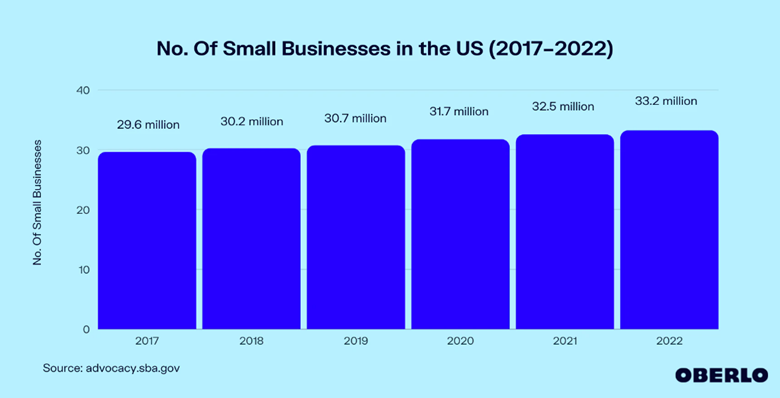
By now, you may have seen the movie House of Gucci. Lady Gaga and Al Pacino star in the true depiction of the Gucci family.
The Gucci brand started with two brothers who own the family business equally. Each brother had a son, and each son was to inherit the empire. One of the sons was a ne’er-do-well, who always attracted and found trouble. Despite nobody ever giving him a chance, the viewer could tell his successor ownership was doomed. The other son married the woman who was played by Lady Gaga. The story progresses through time as one of the fathers die and the other goes to jail while the wife rises to power and greed. To complicate the succession plan, lavish lifestyles, poor business decisions, children and divorce ensue.
The Gucci brand has always been iconic, and it remains so today. The movie describes the struggle between the two brothers and their ideas on how to grow the brand. One brother wants to expand into shopping malls across the world, while the other brother believes the idea of having a Gucci store in a mall is despicable. The two brothers who have these opposing views show how difficult it is running a family business with 50-50 ownership.
The two sons are the on-again/off-again heir apparent to the fortune, and eventually they will run or have a hand in running Gucci. The ne’er-do-well son struggles and is really off-base with his ideas, which are very inconsistent with the brand, and he lacks any sense of training or sense of how to run a business. Subplots in the movie describe how the other stakeholders attempt to circumvent his ownership and ultimately the rest of the family.
The other brother is smart, but he has a blind spot in that he has never had to struggle financially. He has never had to know what it was like to lack resources. His approach to management and growth are flawed because of the company culture and his paradigm. The influence of his wife and others around him also taint the management and success of a family run business. He lives lavishly, incurring personal expenses that he funds through the company.
Subterfuge and infighting ultimately become the demise of the family. The business survived but it was sold off for pennies on the dollar and was turned into a publicly traded company and as a result, the family no longer owns the business.
Clearly, the Gucci’s would have benefited from a team of exit planning advisors to help them navigate these waters! Indeed, there was no training of the sons, there was no alignment by the brothers, there was no dealing with the other stakeholders in the family. There was no financial planning, nor personal planning. Other than the brand quality, there was no development of cultural consistency or business attractiveness. There was a lack of management succession, planning and delineation of who does what. Sadly, there are many family run businesses that much less well known, but who lack the kind of exit planning that is needed to successfully pass along the business to the next generation.
House of Gucci illustrates how important it is for families to pay attention to succession and exit planning. I give this movie two thumbs up for the entertainment value of the movie, but two thumbs down on exit planning!
Mark Hegstrom is Certified Exit Planning Advisor and helps business owners to plan for what may be their single largest lifetime transaction: the transfer of their business. Get started by completing an exit readiness Assessment for yourself. Mark is Managing Partner at Business Owner Succession Strategies (BOSS). He currently serves as President of the Exit Planning Institute -Twin Cities Chapter.



 I have clients who are already using AI to read X-rays, score Customer Service calls, and write employee satisfaction surveys. I work with one owner who creates orientation and training videos using an AI-generated animation of himself that reads AI-generated scripts.
I have clients who are already using AI to read X-rays, score Customer Service calls, and write employee satisfaction surveys. I work with one owner who creates orientation and training videos using an AI-generated animation of himself that reads AI-generated scripts. These “rules” can be verbalized or set out in writing, but it is important that your expectations are discussed at the outset.
These “rules” can be verbalized or set out in writing, but it is important that your expectations are discussed at the outset.